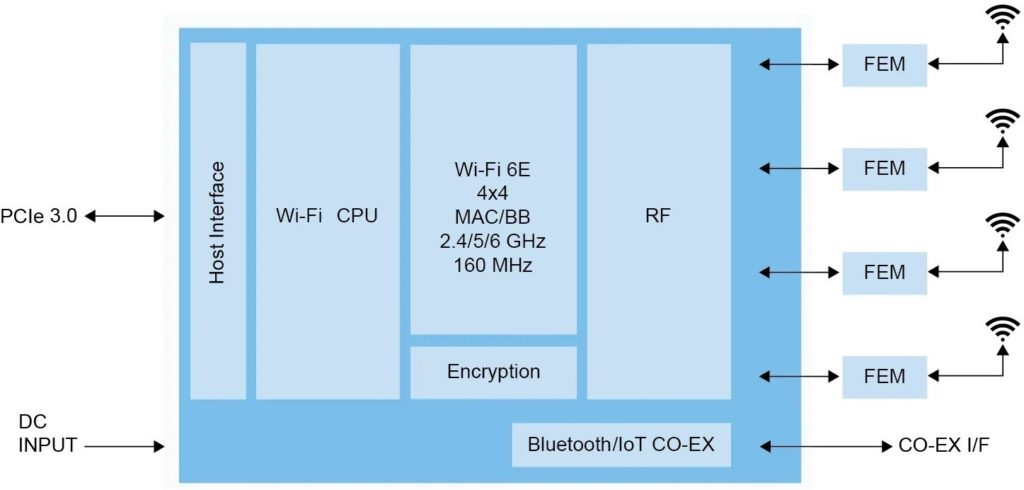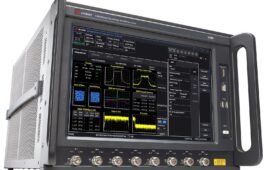The CW641 from NXP supports the latest version of Wi-Fi while still supporting legacy versions.
You’ve been working from home full time since COVID-19 struck in March 2020. With everyone at home, your Wi-Fi network gets more use than ever. Demands have increased for business conferencing, video streaming, online education, and gaming. With Wi-Fi 6 and 6E on the horizon, we get a new 1200 MHz swath of bandwidth (6 GHz to 7.2 GHz) plus better channel efficiency even at 5 GHz. The CW641 from NXP lets you add the latest Wi-Fi to IoT devices.
“The need for Wi-Fi is really starting to grow,” said NXP’s Larry Olivas in an interview with 5G Technology World. “The additional devices such as thermostats, doorbells, and security cameras are taxing the current Wi-Fi networks. Wi-Fi- 6E adda 1200 MHz of clean spectrum, which will relieve congestion in the legacy 2.4 GHz and 5 GHz bands.” Olivas referred to the 6 GHz band as an “exclusive superhighway” that, with 4 Gbps of data rates, can exclusively handle the high-bandwidth devices. That leaves the 2.4 GHz and 5 GHz bands for the many lower-speed devices that add to network congestion. Wi-Fi 6 also improves on latency, reducing it to less 2 ms. It also adds a feature called “Target Wake Time” where the Wi-Fi radio can be programmed to wake up at prescribed times when devices need to send data, reducing power consumption.
NXP’s CW641 lets you add all Wi-Fi bands to your devices. It supports 4×4 (4 Tx/4 Rx) antennas with a peak PHY data rate of 4.8 Gbps — user throughput 4 Gbps. Channel bandwidths cover 20/40/80/160 MHz. It also supports 1024-QAM modulation and ODFMA, similar to 5G cellular. That alone improves data throughput, even on Wi-Fi 6 devices running at 5 GHz. The CW641 also supports multi-user MIMO (MU-MIMO) and implicit/explicit beamforming.
The CW641 connects to the host over a PCIe link. An internal Wi-Fi processor handles the signal processing between and protocols the host and the RF circuits.
Related articles:







Tell Us What You Think!